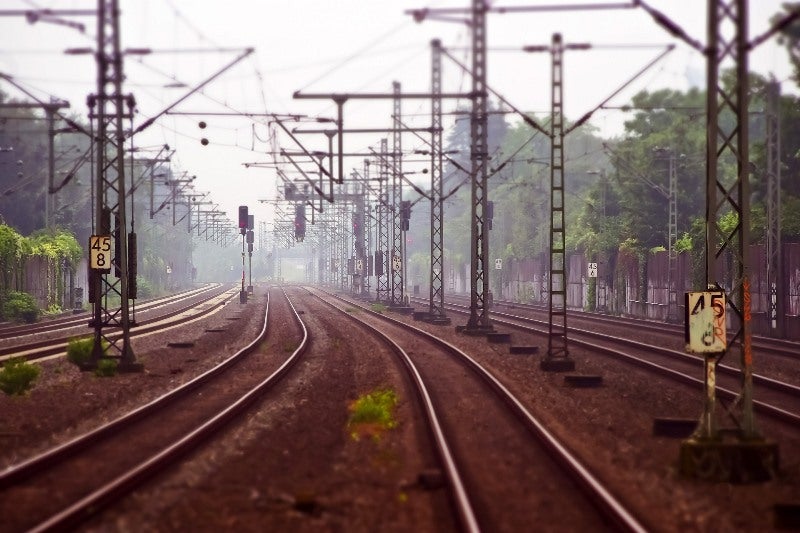
The first train using equipment from China has commenced operations in Cuba, transporting passengers from Havana on a 915km journey to the eastern end of the island.
A total of 14 Chinese cars and a locomotive departed the central railway station in Havana and passed through nine cities to reach Guantanamo 15 hours later.
The new train includes four air-conditioned wagons and second class coaches, as well as a rolling restaurant car.
The government is revamping its ageing railway system with help from Russia and China.
It began updating the country’s railway system last year, repairing 4,200km of old tracks and several stations across the island.
In May, Cuba received 80 Chinese-made train carriages and locomotives as part of 250 pieces of new equipment to be delivered by the end of this year.
How well do you really know your competitors?
Access the most comprehensive Company Profiles on the market, powered by GlobalData. Save hours of research. Gain competitive edge.

Thank you!
Your download email will arrive shortly
Not ready to buy yet? Download a free sample
We are confident about the unique quality of our Company Profiles. However, we want you to make the most beneficial decision for your business, so we offer a free sample that you can download by submitting the below form
By GlobalDataThe government also signed a deal worth $1bn with Russia to modernise its railways.
In 2017, state-owned Russian Railways (RZD) was quoted by Reuters as saying that it was negotiating to establish a high-speed link between Havana and the beach resort of Varadero.
The Cuban Government plans to improve the system under a project that runs until 2030, beginning with upgrading equipment before taking up the restoration of railroads.
Cuba’s National Railway head Eduardo Hernandez said: “This is the first step of the transformation of the Cuban railway system.”
The new trains and restoration are expected to reduce travel time.
In June 2018, Transport Minister Eduardo Rodriguez said: “Cuba has not received new rail cars since the 1970s. We had only received second-hand cars.”
According to the Cuban Transportation Ministry, trains carried 6.7 million passengers in 2018, a steep decline from 11 million passengers in 2004.
The government expects to increase ridership by 1 million in 2019 on long-distance routes.







